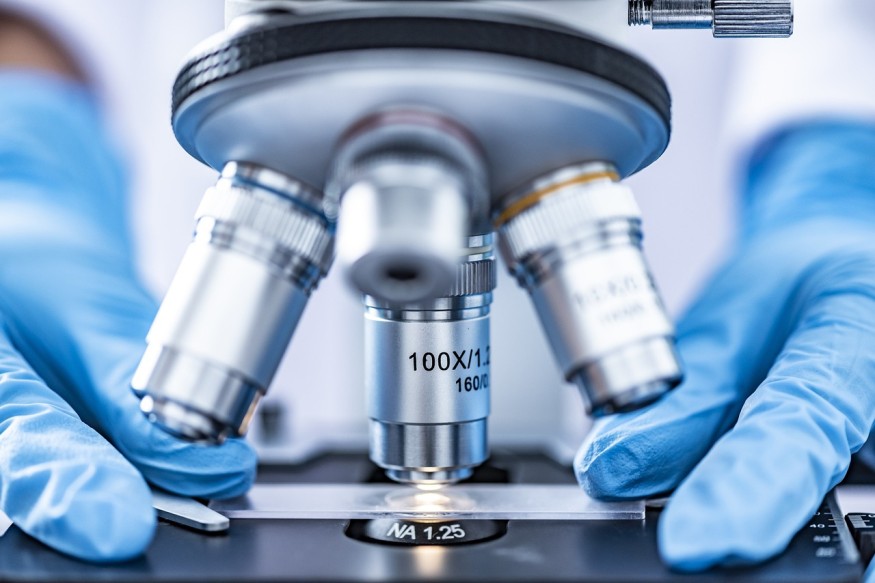A collaboration of physicists from Friedrich Schiller University Jena, Düsseldorf, Gothenburg, Lyngby, and Trieste have developed an ingenious way of separating bonded nano-components.
According to Phys.org, the team comes up with the idea of immersing the nano-components in a solvent near its critical point. That means they successfully separate the nano-components in a controllable fashion simply by changing the solvent's temperature.

Separating Nano-Components in Solvent Near Critical Point
Dr. Falko Schmidt from the University of Jena's Institute of Applied Physics explained in a press release that they were "looking for a solution to eliminating the undesirable static friction of the individual components in a nanoelectromechanical system (NEMS) rubbing against each other."
Static friction is also known as stiction caused by quantum-electrodynamic Casimir forces. Per Physics Today, Casimir force is a nanoscale phenomenon produced by quantum fluctuations of the electromagnetic vacuum. These forces inevitably cause the components to stick together.
So, the team developed a method that can reverse this effect and found that immersing the components into a critical solution or a mixture of oil and water in which fluctuations occur will successfully separate bonded nano-components. They noted that the strength of these fluctuations is controlled by changing the environment.
Falko Schmidt said that the special feature of their experiment is that they do not suppress original fluctuations but replace them with stronger ones. As a result, they come up with the desired effect with the help of a heatable microscope objective.
They held a gold nanoflake above a structured metallic substrate and when the surrounding liquid approaches the critical point, the fluctuations were so strong that stiction is avoided. The team concluded that the method was effective in separating bonded components and that it can make them movable again.
READ ALSO: New Discovered Method Draws Data in The Nanometer Scale; By Densely Storing Data By 'Poking'
Why Separate Bonded Nano-Components?
Dr. Falko Schmidt performed the experiment while he was still at the University of Gothenburg. There he also developed novel experimental methods that were also successful. He said that he and his team quickly came up with the idea of the project as it was a problem in nano-manufacturing that needed to be solved.
However, he said that it is clear that the road to the solution is a long way ahead. As they approach the dominating critical Casimir effect with quantum-electrodynamic, they learned that the former ultimately prevailed. The
According to Physics World, the Casimir effect was just a theoretical curiosity back then, but the phenomenon has blossomed in recent years and experimental physicists have realized that Casimir forces affect the micromachines. Advances in technology have enabled scientists to measure them with greater accuracy over time.
The aim of Schmidt's experiment is to apply the idea of freeing micro and nanoelectromechanical systems from blockages that resulted from friction. In that way, it will be possible to further develop new, effective, and more functional nano-compounds.
The team presented their findings in the study, titled "Tunable Critical Casimir Forces Counteract Casimir-Lifshitz Attraction," in Nature Physics.
RELATED ARTICLE: Forward Osmosis Membranes Can Be Improved Using Nanofiber Interlayers [Study]
Check out more news and information on Nanotechnology in Science Times.










